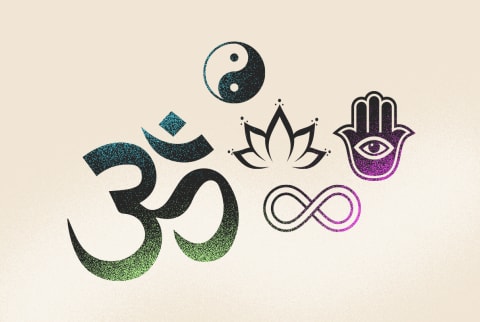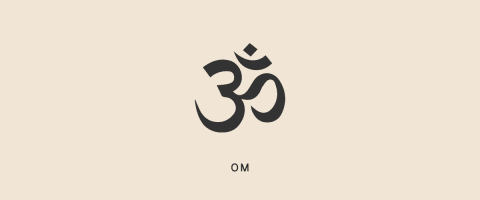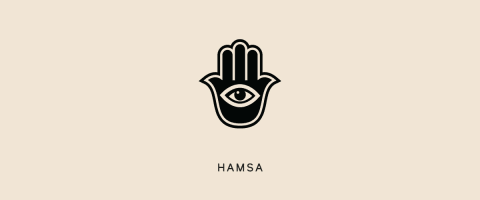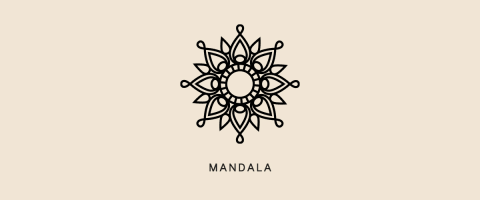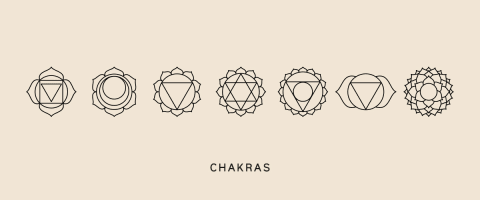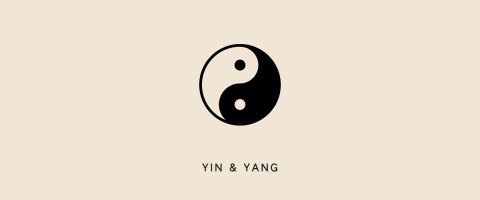The various curves of this symbol represent waking consciousness, dreaming, and deep sleep. The small curved line in the middle represents illusion, and it separates one from transcendence, which is represented by the topmost shape. “Lotuses only grow in really swampy areas, so that symbolizes this idea that out of ugliness and destruction and unrest, we can all come together in this perfect moment and we’re all connected,” she says. “And in that respect it also has an indirect relation to the Buddhist idea of the universal soul.” “Within Islam and Judaism, it’s about warding off the evil eye—the idea of the protector,” she says. “In Hinduism it’s often used as a synonym for the supreme spirit or the ultimate reality, which is called ‘Brahman,’ as well as a vehicle for knowledge. In Buddhism it represents the universal spirit and being released from the cycle of rebirth, or samsara.” Buddhist monks use mandalas made of sand to symbolize impermanence and the need to go beyond the material. “In Buddhist traditions, it specifically represents impermanence,” she says. “In Hindu traditions, it shows the connection and trajectory between the material and the immaterial.” When any of them are blocked or stagnant, it can cause various disruptions to our well-being (depending on which chakra is imbalanced). “No one should not use namaste,” she adds, “but we shouldn’t impart meaning to it that doesn’t exist because that’s when we start to exoticize cultures we don’t understand.” Learning the history and meanings behind these common symbols can help deepen your spiritual practice when done with respect. “Oftentimes what we see is an eclectic display of Asian paraphernalia,” Sundaram adds, “and the history of the symbols does kind of get erased”—so be sure to understand the meaning behind what you’re doing. There’s nothing wrong with wanting to embrace practices or symbols that resonate with you and speak to your own spiritual journey. The most important thing is to always practice with respect, and truly understand what it is you’re hanging up on your wall or saying after yoga class.


